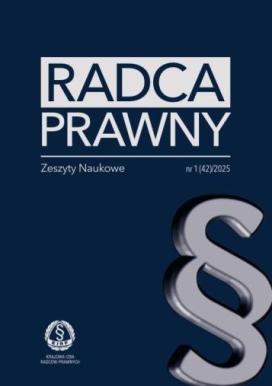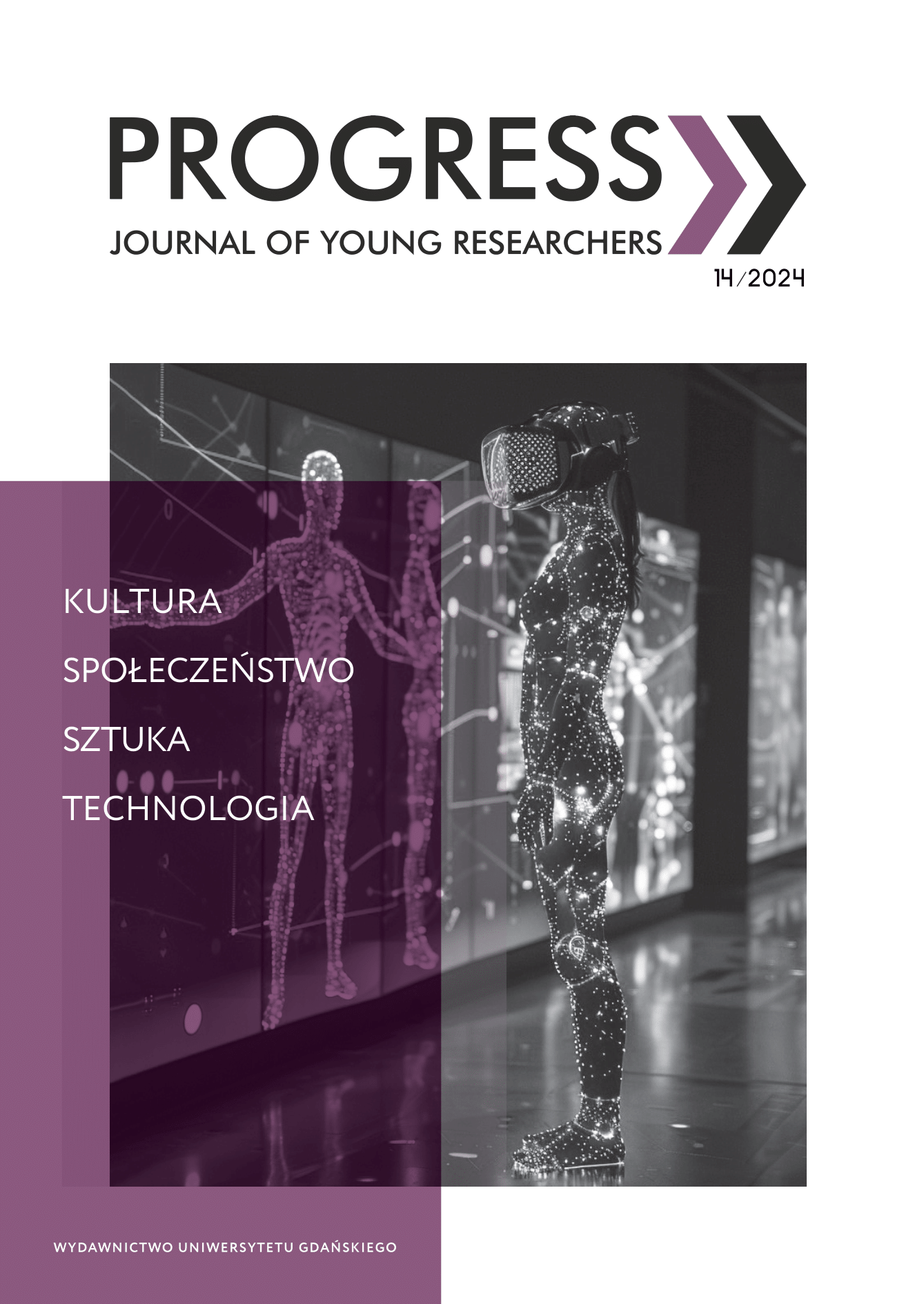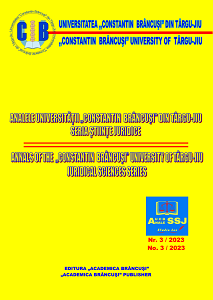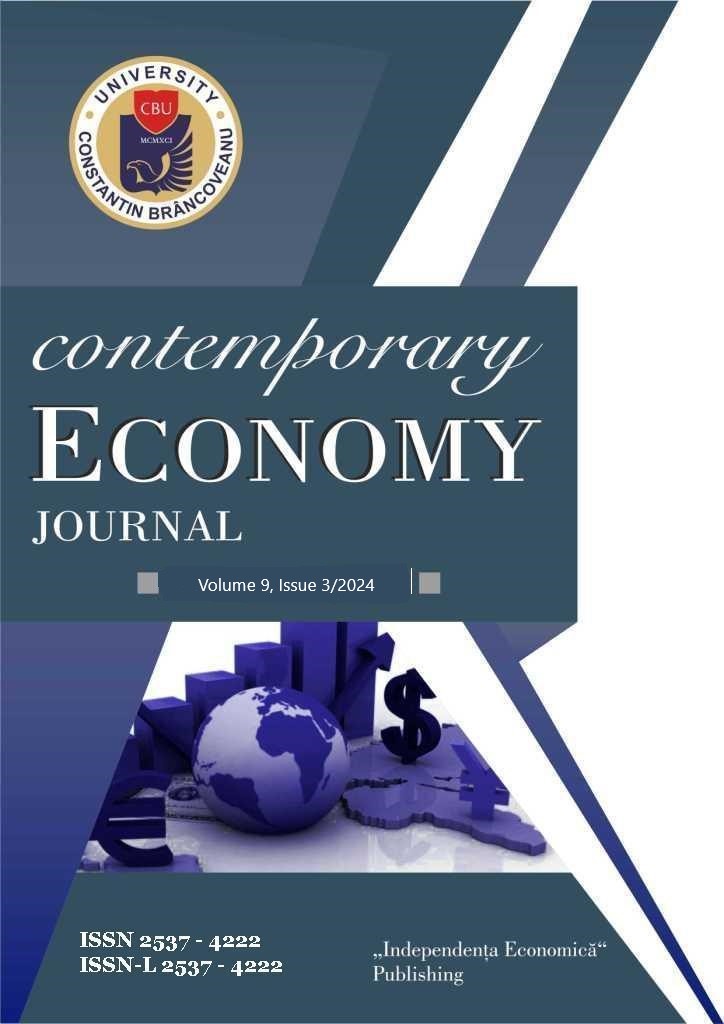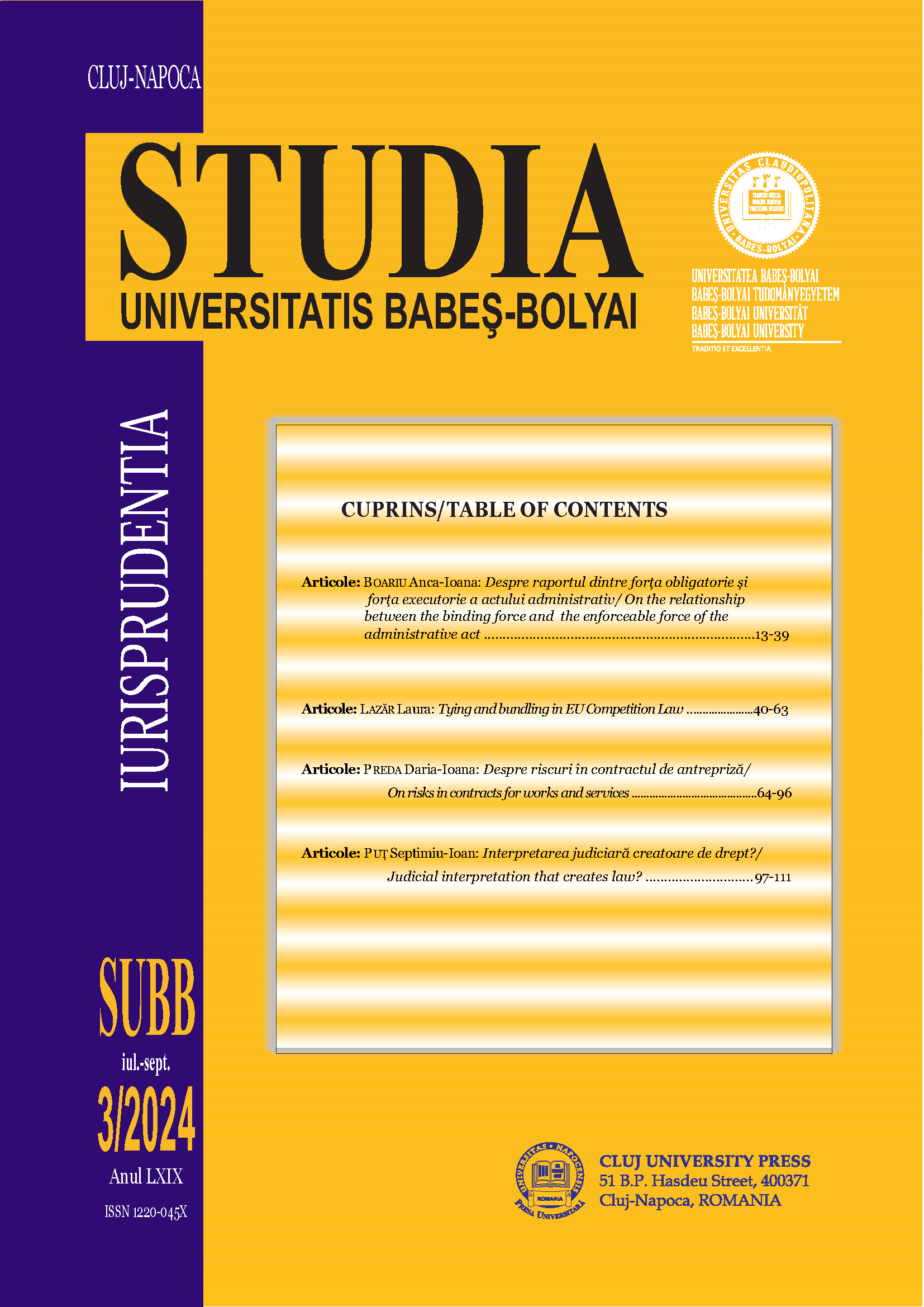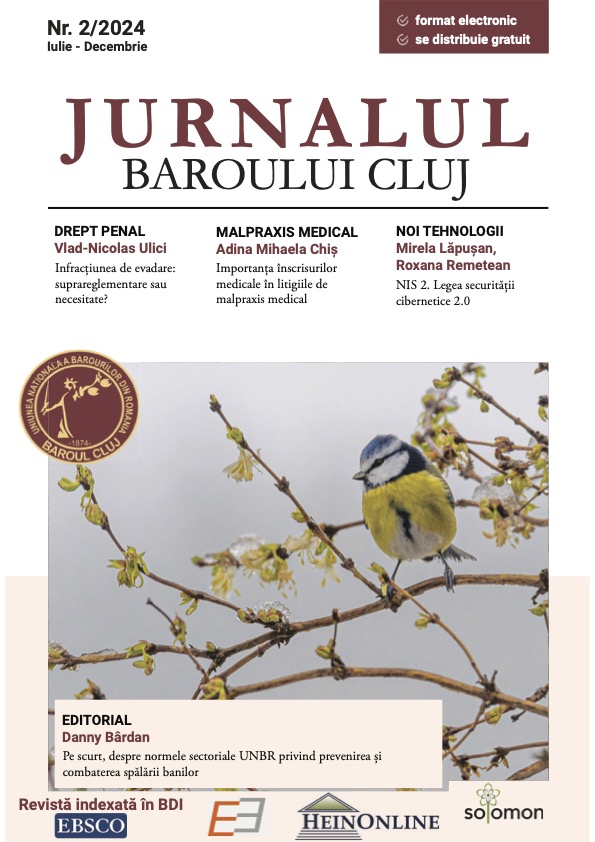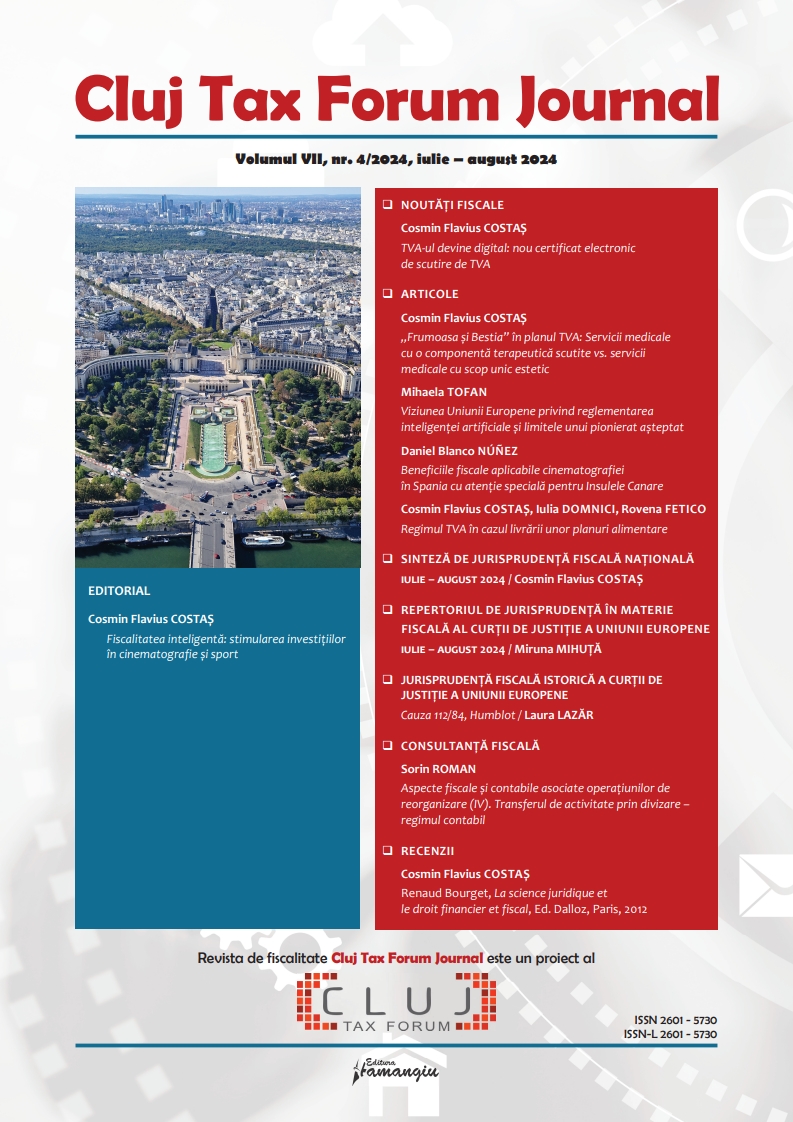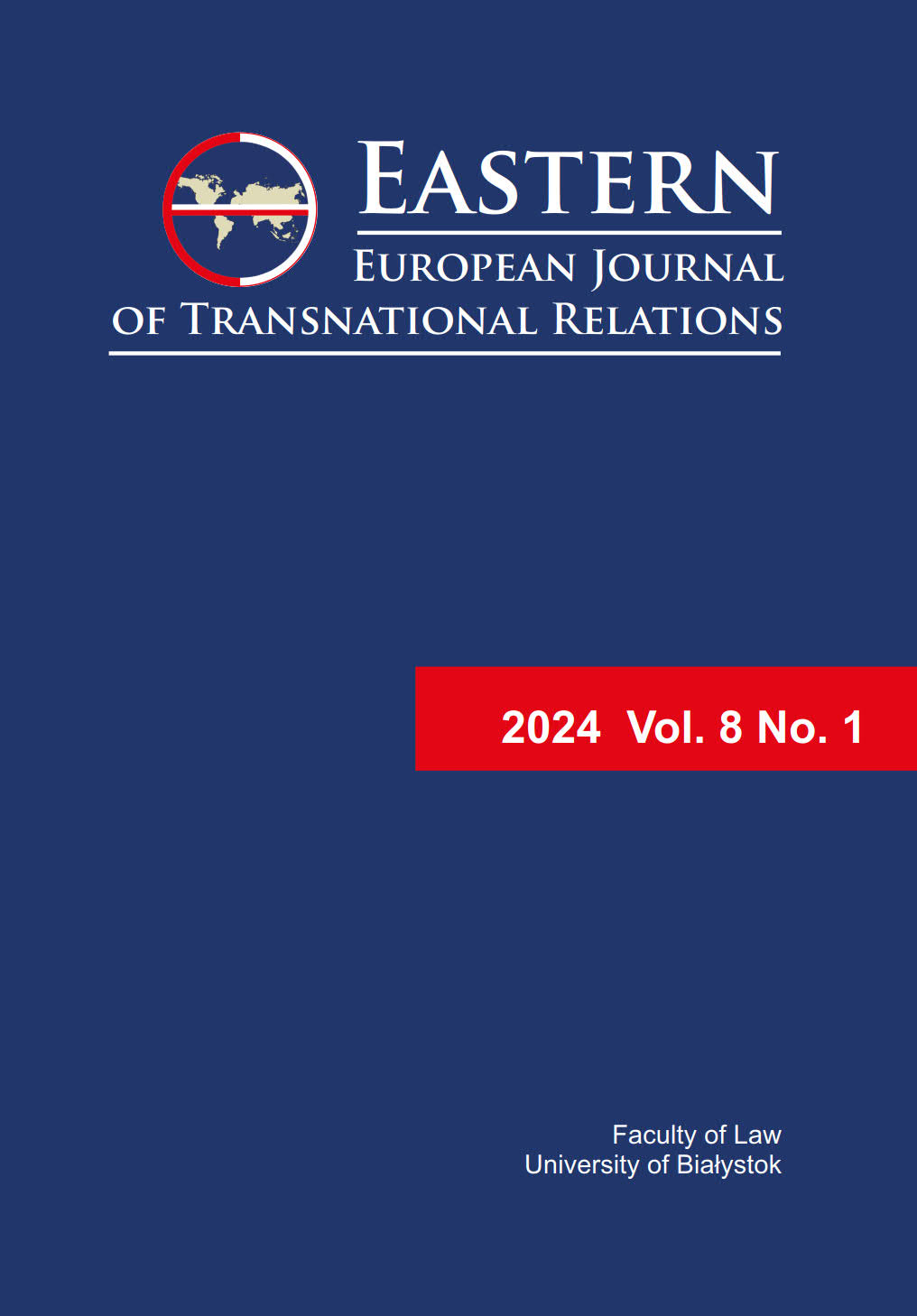
Industrial designs in the era of change – revolution, evolution or stagnation?
The article analyzes the amendments in Polish and European design law that have been just proposed by EU and Polish legislator. The registration proceedings of EU designs held before the EUIPO differs from the registration of designs proceeded by the Polish Patent Office (and by other national patent offices too). Due to the different scope of protection of Community designs and national designs the EU legislator wanted to introduce the harmonization within the procedural rules too. Polish legislator wants to change design law too. Consequently, EU legislator and Polish legislator have just proposed some amendments in design law. This study presents only examples proposed by EU and Polish legislator. They could be treated as revolution, evolution or stagnation. The basic research method for this article was analysis of EU and Polish design law (that is in force and proposed by EU and Polish legislator) and Polish and European practice of design law.
More...
